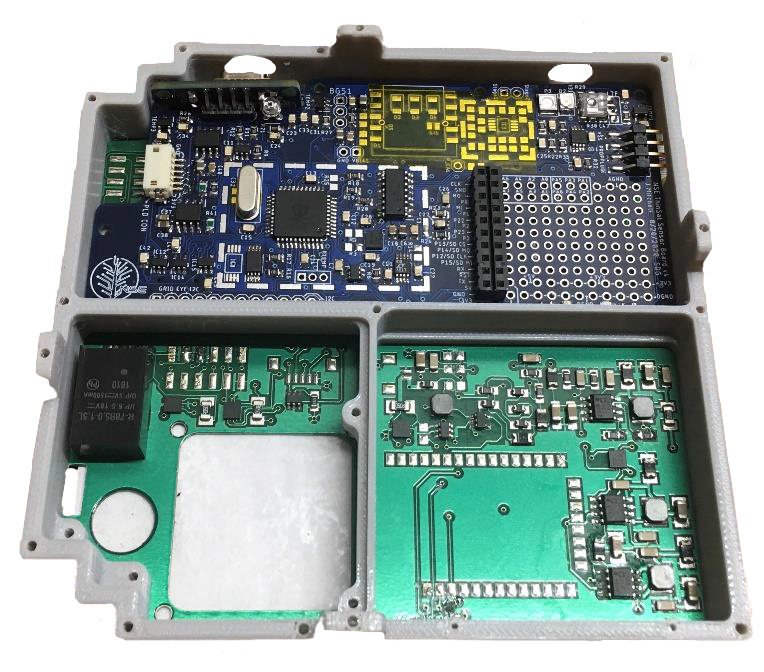ThinSat-C
Launched February 20, 2021
Taylor ThinSat-C, also called Sat7 or Sat9, had its design provided by NearSpace Launch and was launched alongside ThinSat-B by Virginia Space on the S.S. Katherine Johnson (Feb. 20, 2021). With development being opened up again to all students who were interested, Project Manager Jeff Jewett ('23) and other students who had been involved with the previous build welcomed several first-timers onto the team. The sensors onboard were mostly the same as those of ThinSat-B, with the exception of two new additions: an extremely low-resolution 8x8 pixel Grid-EYE camera and a radiation sensor.
Similar to how ThinSat-B began development only a few months before it was due to be delivered, ThinSat-C only became a possibility when Taylor was offered a second spot on the same upcoming launch. All the testing and integration for the new sensors, as well as a slightly different motherboard design, had to be done between August and October of 2020--a task the student--driven team stepped up to and completed on schedule.
Both ThinSat-B and ThinSat-C launched into Low Earth Orbit in the Ionosphere, with an expected lifespan of 1-5 days in orbit before burning up. Unfortunately, no data was received from either satellite to confirm this, or to provide any insight into the atmospheric conditions they faced, as only 3 of the 30 ThinSats launched transmitted any data at all. The cause of this lack of contact was identified as issues with the satellites' power supplies, but the students who developed the satellites, both on- and off-campus, are rightfully proud of their work nonetheless.
Faculty mentors: Stefan Brandle, Rob Cartwright, Steve Dalcher
Read More


